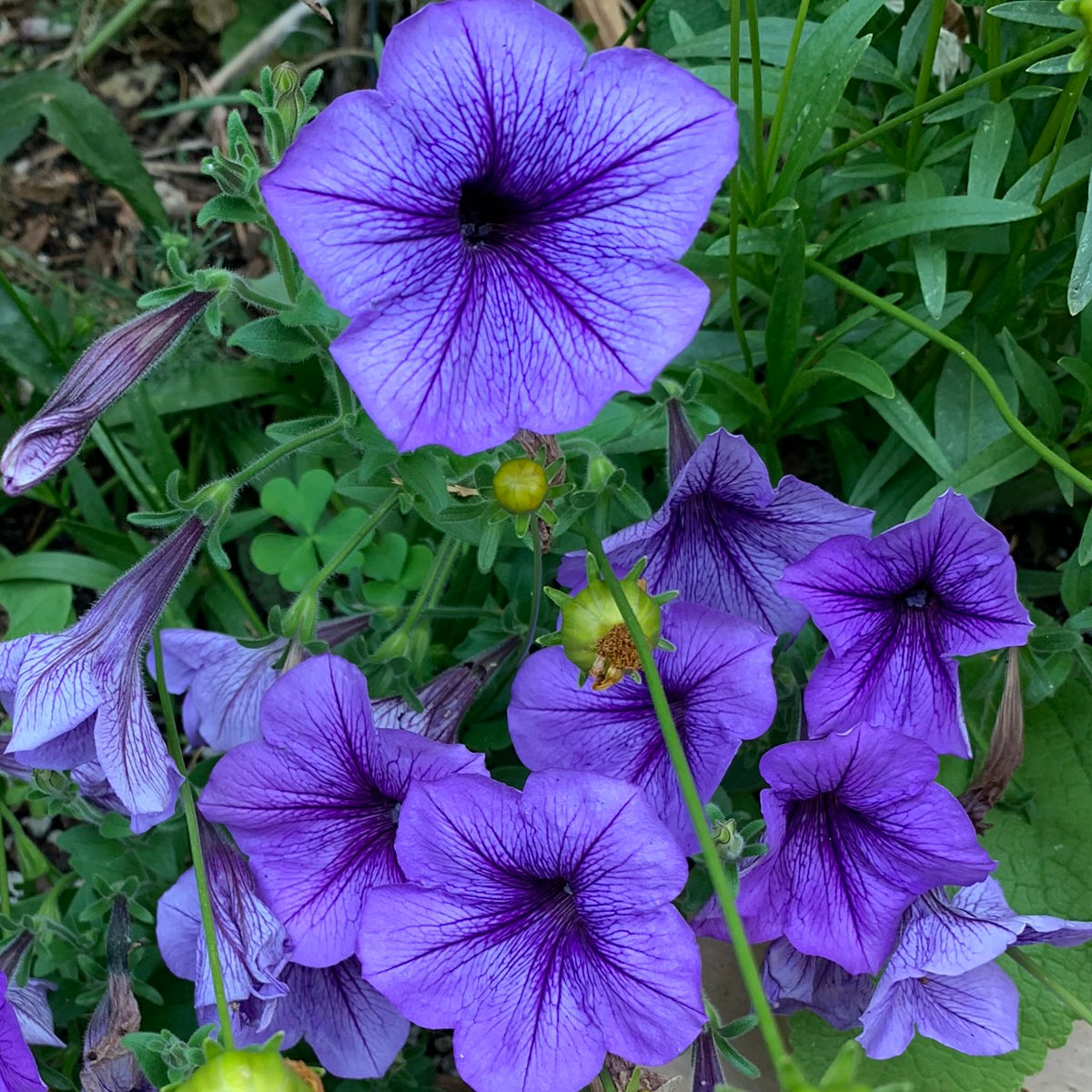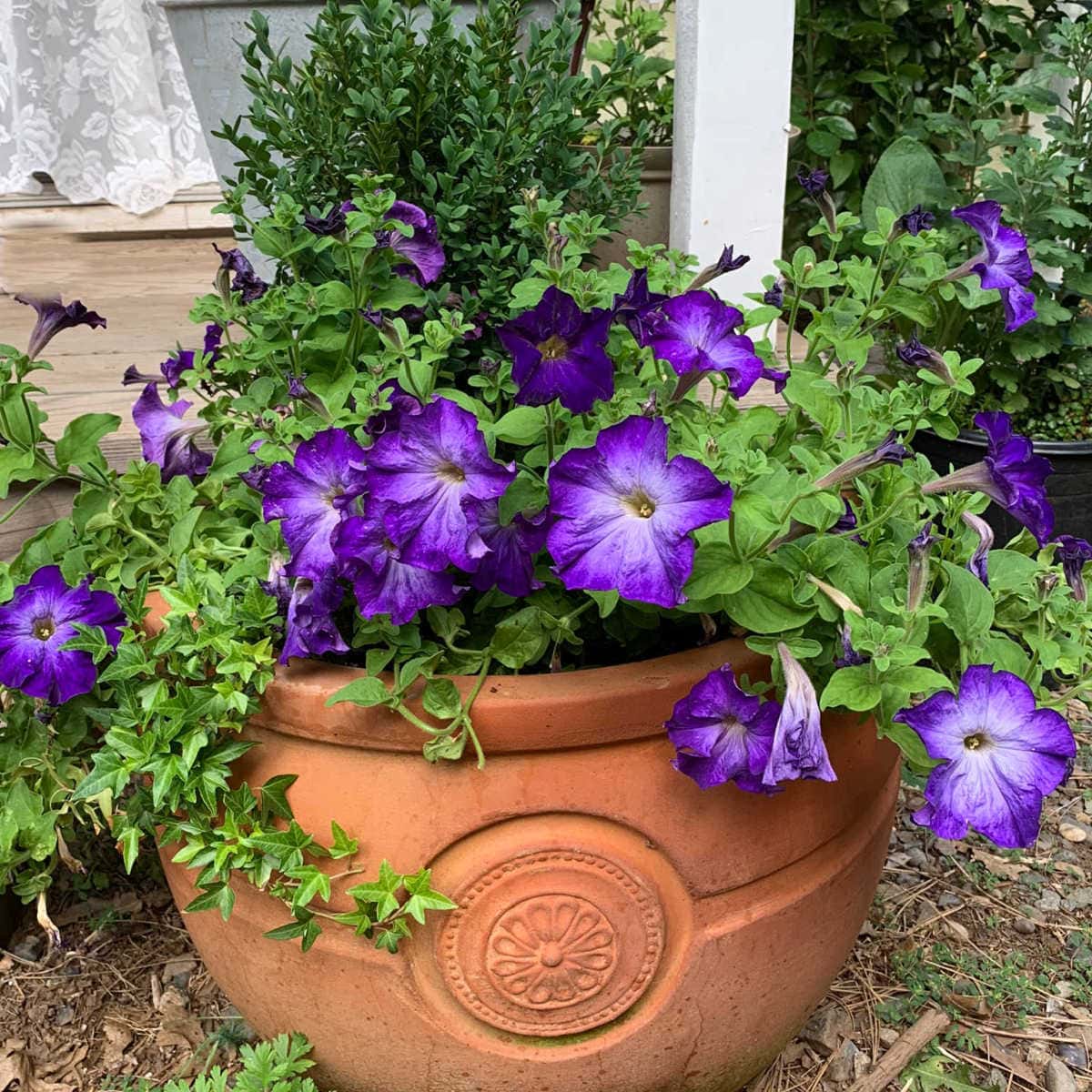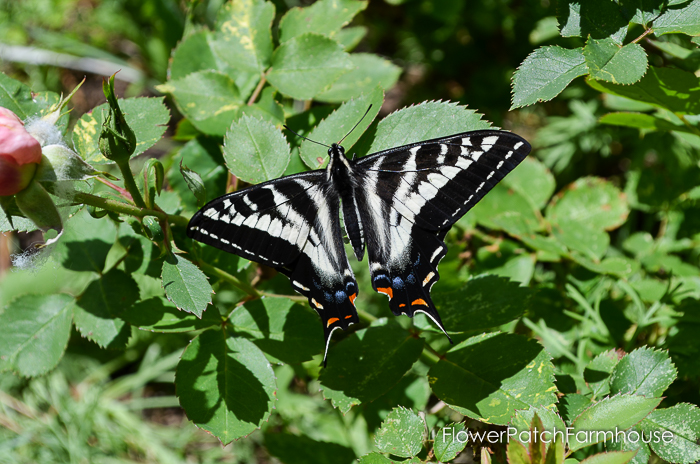Coneflower Leaves
“Unlocking the Power of Echinacea Leaves: Nature’s Immune-Boosting Secret!”
Echinacea aka Coneflower leaves are an important part of the echinacea plant and are known for their medicinal properties. Here are some key facts about echinacea leaves…
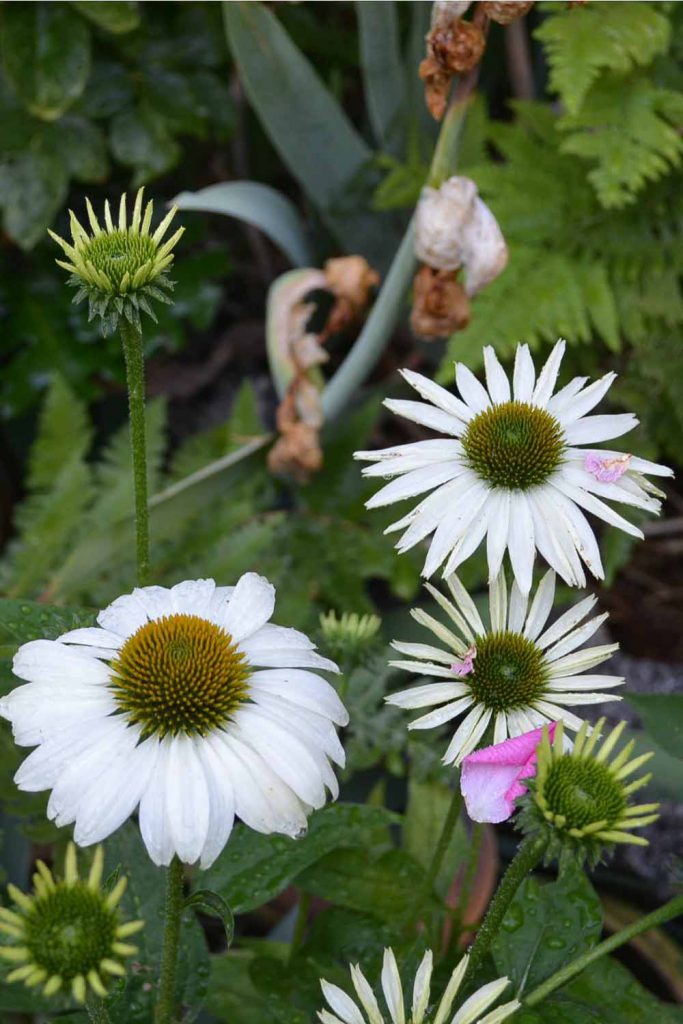
Coneflower Leaves Description
Depending on the variety Echinacea leaves can vary in shape. Some are long and narrow others are more oval.
They are arranged in an alternating pattern along the stem and can vary in size, depending on the species and cultivar of echinacea aka coneflower.
Types of Coneflower
There are several different species of echinacea, including Echinacea purpurea, Echinacea angustifolia, and Echinacea pallida, which have different leaf characteristics.
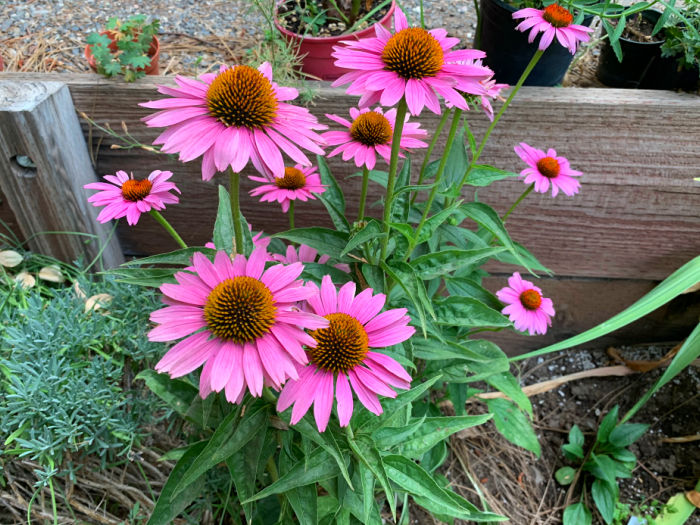
Echinacea purpurea, the most commonly cultivated species, has dark green leaves that are typically oval in shape with a rough texture.
This rough texture is what makes them deer resistant.
Echinacea angustifolia has narrow, lance-shaped leaves, and Echinacea pallida has longer, narrow leaves with a lighter color.
get all the best tips
easily Grow Echinacea in your Garden!
If you are looking for a wonderful flower that grows in a wide array of planting zones with little or no help from you then look no further than Echinacea. Drought tolerant and makes a great cut flower!
Medicinal Properties
Echinacea leaves contain bioactive compounds, including flavonoids, phenols, and alkamides, which are believed to have immune-boosting properties.
The leaves are commonly used in herbal preparations, such as teas, tinctures, and extracts, for their potential benefits in supporting the immune system and promoting overall health.
Note: this article is for informational purposes only and is not to be taken as medical advice.
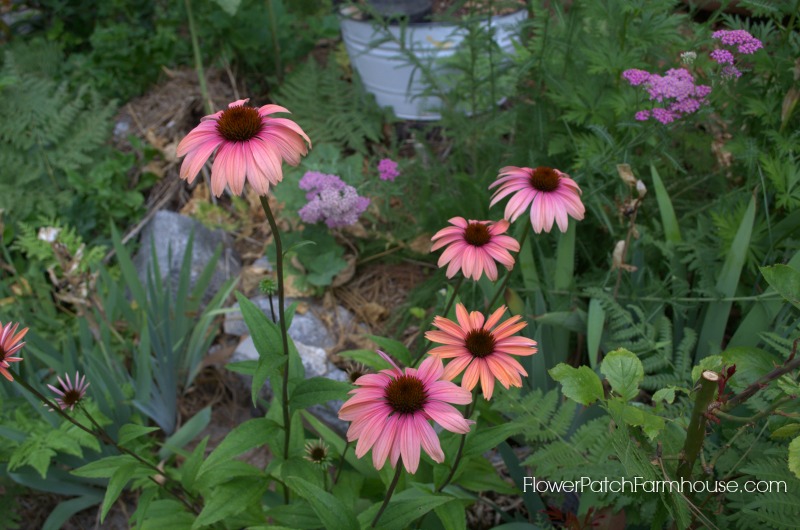
Traditional Use
Echinacea leaves have a long history of traditional use by indigenous peoples in North America for their medicinal properties.
Native American tribes used echinacea leaves in poultices, teas, and infusions to treat various ailments, including colds, coughs, and infections.
Modern Uses
Today, echinacea leaves are commonly used in herbal supplements and natural health products for their potential immune-boosting properties.
Echinacea supplements, including those made from the leaves, are often used to support the immune system and promote respiratory health, particularly during the cold and flu seasons.
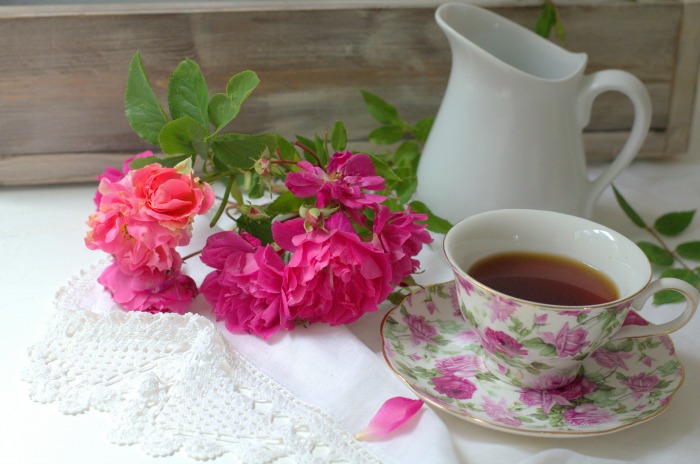
Precautions
While echinacea leaves are generally considered safe for most people when used as directed, it’s important to consult with a healthcare professional before using echinacea or any other herbal supplement, especially if you have any underlying health conditions or are taking medications.
Some people may experience allergic reactions or side effects from echinacea, and it’s important to follow recommended dosages and usage guidelines.
Echinacea / Coneflower leaves are a key component of this medicinal plant known for its potential immune-boosting properties.
They have a long history of traditional use and are commonly used in modern herbal supplements and natural health products.
This bears repeating: as with any herbal remedy, it’s important to consult with a healthcare professional before using echinacea or any other herbal supplement and to follow recommended dosages and usage guidelines.
I personally only grow Echinacea Coneflower for ornamental purposes as they are great for pollinators and are butterfly magnets.
If you would like to get started growing Echinacea I have many articles about how I start, grow and divide coneflowers.
